The Internet is Increasingly Fake, Fake, Fake, Fake
Over the holiday break, you may have missed this fascinating article by Max Read in New York Magazine.
We have written a lot about the issues related to digital advertising and marketing, but Read gets at the heart of the question: "How much of the internet is fake?"
The answer may surprise you.
"Studies generally suggest that, year after year, less than 60 percent of web traffic is human; some years, according to some researchers, a healthy majority of it is bot."
Read goes on to outline how not only is a significant portion of internet traffic fake, but so are many of the people, much of the content, a vast number of websites, and, yes, even metrics can be fake.
The digital landscape has never been more fraught for brands, particularly when you factor in that even legitimate content marketing and advertising online can place your brand in close company with mistruths, pseudoscience, and even hate.
The solution, as we have been touting for years, is to seek out face-to-face conversations between your target consumer and a source of information they trust. For healthy brands, that's a health professional, whether a dietitian, a pediatric professional, a health coach, a personal trainer, or their own doctor or primary care professional.
Read sums it up well:
"What’s gone from the internet, after all, isn’t 'truth,' but trust: the sense that the people and things we encounter are what they represent themselves to be. Years of metrics-driven growth, lucrative manipulative systems, and unregulated platform marketplaces, have created an environment where it makes more sense to be fake online — to be disingenuous and cynical, to lie and cheat, to misrepresent and distort — than it does to be real."
